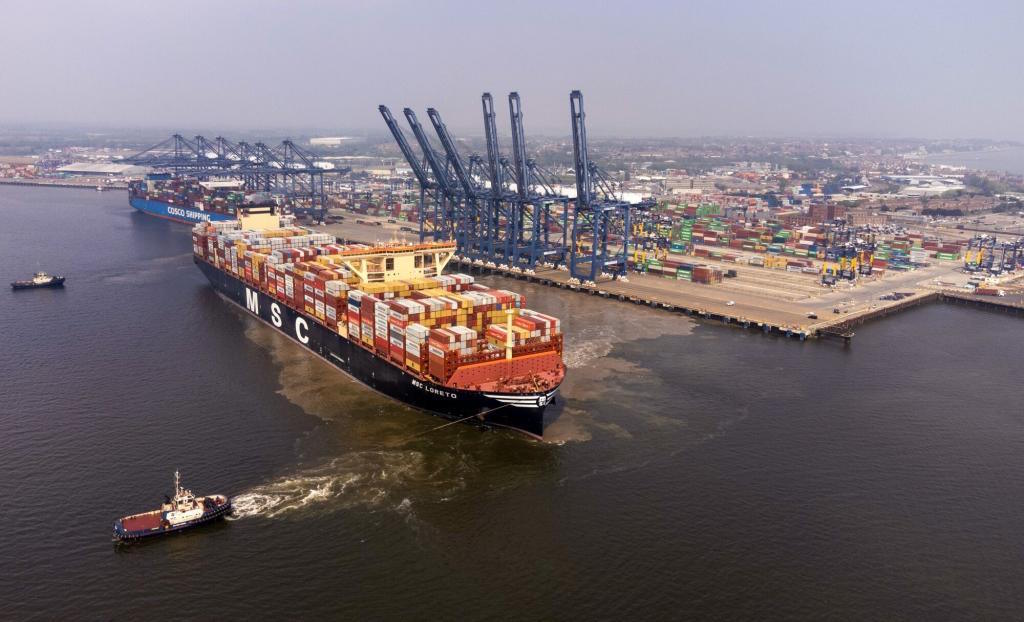Spain's exports of goods to the United States have fallen 13.8% year-on-year in April, the first month after Donald Trump declared a trade war on half the world on the wrongly named Liberation Day, according to the foreign trade data published on Monday.
Although the drop in sales on a year-on-year basis could also be influenced by the fact that this year Easter was in April and last year in March, the reality is that in the first four months of the year, merchandise sales to the North American country have decreased by 1.8% compared to the first four months of 2024 - in a context of aggregate growth of 0.8% in declared trade collected by Customs - and the trade deficit with the US has surged by 44%: from 3,590 million euros in the same period of the previous year to 5,173 million this year.
Overall, Spain's goods exports have increased by 0.8% in the first four months of the year, but since imports have grown much more (5.1%), the trade deficit has risen to 18,982 million euros, the highest figure since 2008 excluding 2022, which was determined by the energy price shock.
This disparity between purchases and sales has caused the coverage rate (the proportion of imports paid for with exports) to stand at 87.1%, compared to 90.9% from the previous year or 92.4% from the year before.
In the first four months of the year, Spain has increased its sales of food, beverages, and tobacco (+5.5% year-on-year, with increases in all products except oils and fats, which have fallen by 17.9%), raw materials (+10.4%), non-chemical semi-finished products (+2.5%), chemicals (+7.9%), durable consumer goods (+1.5%), and consumer manufactures (+2.9%).
On the contrary, there has been a decline in automotive sector sales to other countries (-11.5% year-on-year), with declines in both automobiles and components; also in capital goods (-1.3%) and energy products (-13.6%).
The European Union has bought from us in the first four months of the year 2% less than in the same period of the previous year, with particularly sharp declines in purchases from Germany (-6.3%), France (-9.4%), and Italy (-3.9%), three of our main trading partners, with a combined share of 33% of our total exports.
On the contrary, we have sold 0.8% more to the rest of Europe due to the boost in sales to the United Kingdom (+4.2% year-on-year); 4.8% more to Latin America; 15.9% more to the Asian continent, and 10% more to Africa.
Noteworthy is the increase in purchases of medicines, minerals, and meat products by China; acquisitions of aircraft and railway transport equipment by the United Arab Emirates; purchases of meat products, automotive components, iron, and steel by Algeria, and those of coal and electricity from Portugal. The strong demand from these countries has offset the lower appetite from France for our automobiles and oil; the decline in German demand for aircraft, automobiles, and transport equipment, and the reduced sales to Italy of automobiles, road transport equipment, and oils and fats.
